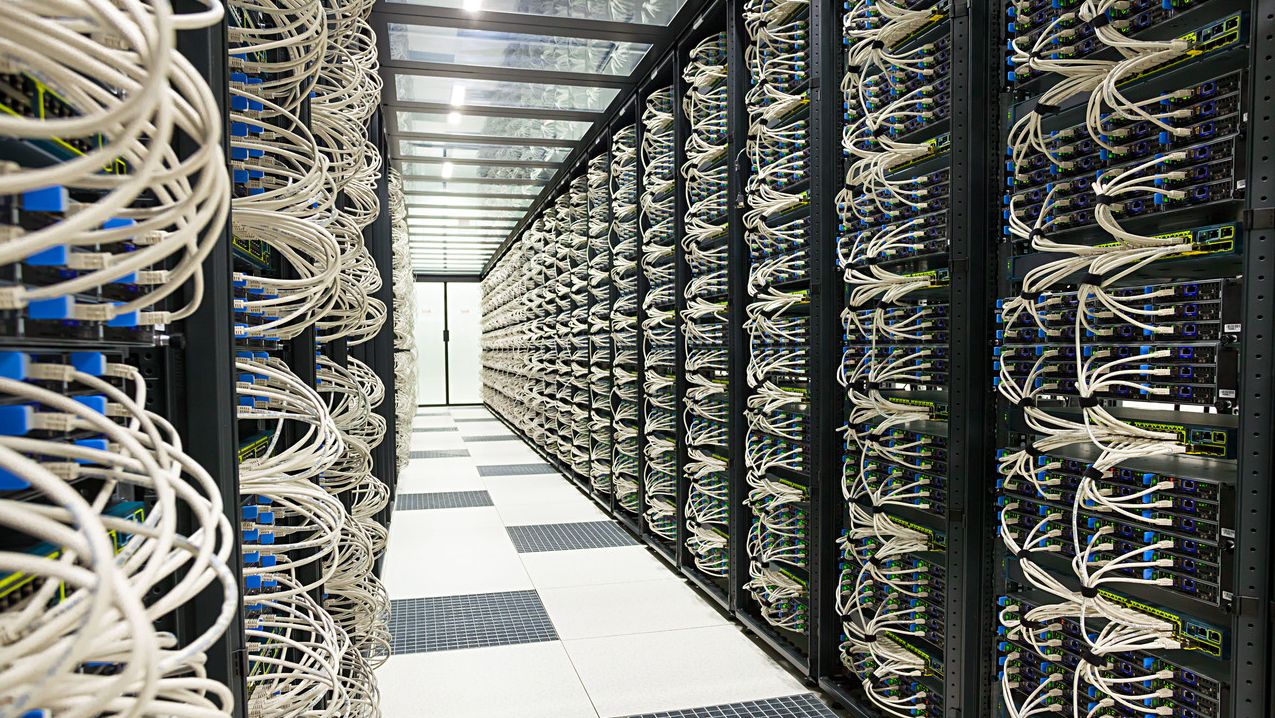Many top data center locations could be at risk of climate change
Data centers are at the middle of climate change discussions

- Report notes 52% of the top 100 data center hubs are at high or very high risk of climate change
- 100% of APAC and Middle East hubs would be at high/very high risk by 2040
- Many are located in high water stress areas too
New research from Maplecroft has confirmed the common suspicion – data centers are tied closely to global warming, with their high energy and natural resource demand compounding effects, while simultaneously being at risk of climate change.
More than half of the world's top 100 data center hubs are already at high or very high risk from rising temperature, with cooling demands set to increase significantly, ultimately leading to higher energy and water usage.
This comes as demand for artificial intelligence, cloud computing and data storage continues to grow, showing no signs of slowing down.
Data centers are their own worst climate enemy
With 56% of the surveyed data centers at high or very high risk today, Maplecroft predicts that two in three (68%) could be at risk by 2040, and a staggering four in five (80%) by 2080.
This is more apparent in some regions than others, with 100% of Asia-Pacific and Middle East data center hubs expected to be at high or very high risk by as soon as 2040, highlighting the importance of strategic planning when it comes to location.
In the short and medium terms, Maplecroft believes shutdowns due to overheating, such as the ones seen across the UK and US in 2022, could become more frequent.
The report also explains how increased water demands could spark social and political conflict in certain communities, with more than half (52%) of data center hubs expected to be in high and very high water stress areas by 2030.
Sign up to the TechRadar Pro newsletter to get all the top news, opinion, features and guidance your business needs to succeed!
Regions like Abu Dhabi and Dubai in the Middle East, Lagos and Johannesburg in Africa, Los Angeles and San Diego in North America, and Channai and New Delhi in Asia, are all considered high-risk areas.
"The onus is on operators, customers and investors alike to assess rising climate threats, alongside social and political risk factors – not only for their own resilience, but because of a growing regulatory focus on third-party risk management," noted Sustainable Procurement and Human Rights Consultant Capucine May and Risk Insight Senior Asia Analyst Laura Schwartz.
You might also like
- These are the best AI tools and best AI writers
- We've rounded up a list of the best cloud hosting providers
- Data centers are becoming an increasing emissions concern
With several years’ experience freelancing in tech and automotive circles, Craig’s specific interests lie in technology that is designed to better our lives, including AI and ML, productivity aids, and smart fitness. He is also passionate about cars and the decarbonisation of personal transportation. As an avid bargain-hunter, you can be sure that any deal Craig finds is top value!
You must confirm your public display name before commenting
Please logout and then login again, you will then be prompted to enter your display name.
